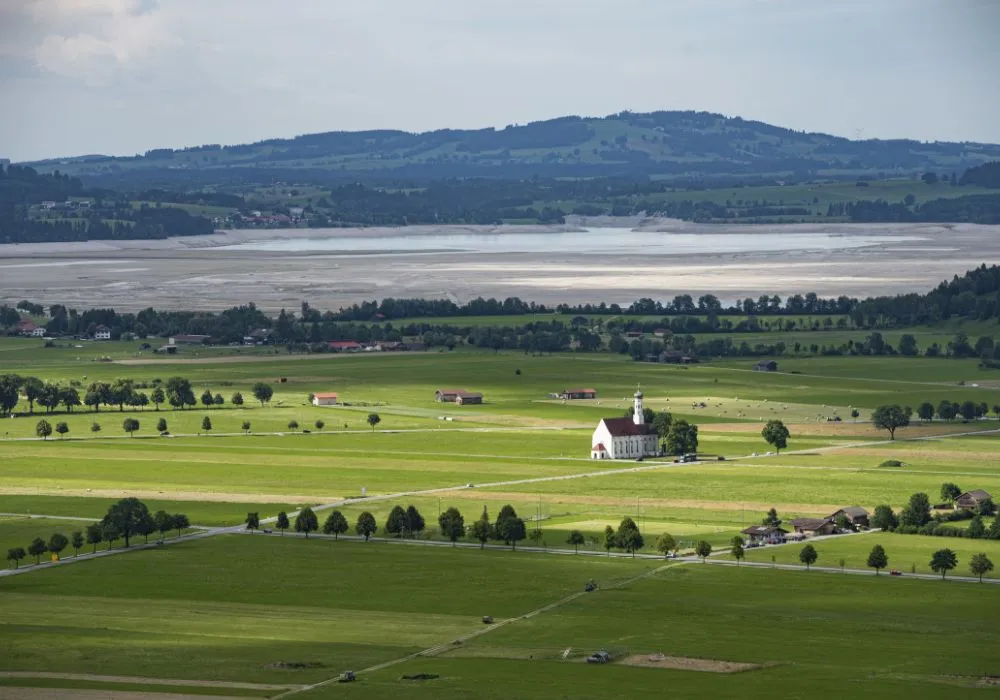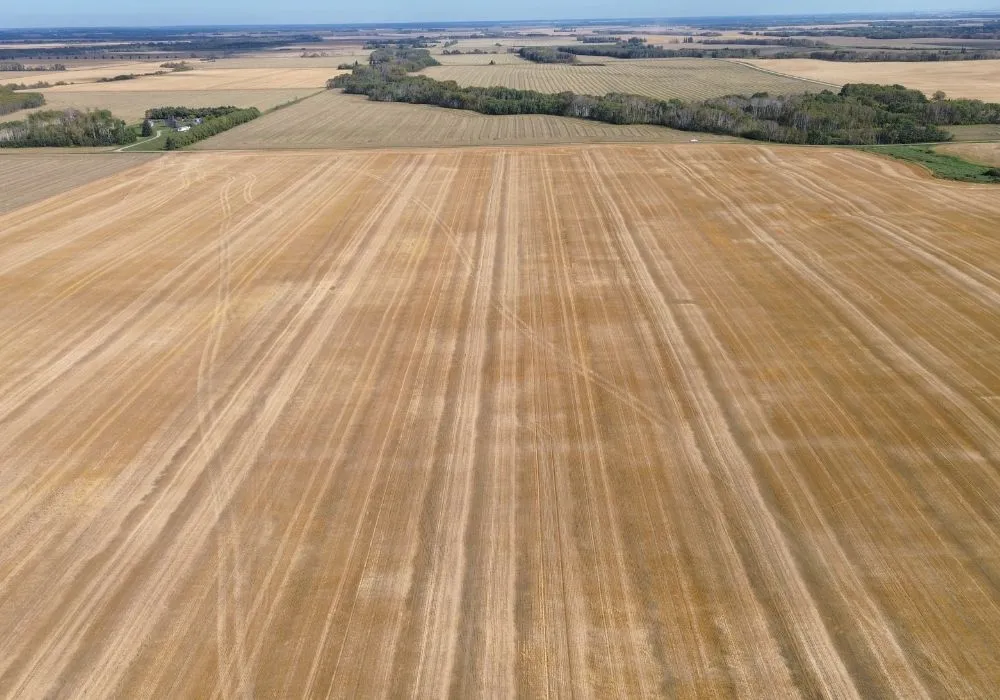Owning farmland is more than just owning a piece of land; it's owning a property governed by a complex set of rules and regulations. Zoning and land use bylaws dictate what you can and cannot do with your property. For any current or prospective farmland owner, understanding these regulations is not just important—it's essential for protecting your investment and realizing its full potential.

What is Zoning and Why Does It Matter?
Zoning bylaws are created by municipalities to control the development and use of land within their jurisdiction. The primary goal of agricultural zoning is to protect valuable farmland from being converted to non-agricultural uses, ensuring the long-term viability of the farming sector. These rules directly impact everything from where you can build a house to whether you can sever a lot for your children.
Common Agricultural Zoning Designations
While the specific terminology varies between municipalities, you will typically encounter these types of zones.
Agricultural (A) or Rural (RU) Zones
These are the most common designations for farmland. They prioritize agricultural uses and place strict limits on non-farm activities. The list of permitted uses will clearly define what is allowed, such as growing crops, raising livestock, and building essential farm structures.
Agri-Residential or Country Residential Zones
These zones are often found on the edge of towns and cities and act as a transition between urban and rural areas. They typically allow for the creation of smaller "hobby farm" lots and may have less stringent rules, but they also offer fewer protections for active farming operations.

Permitted and Prohibited Land Uses
It is crucial to read the fine print in your local zoning bylaw.
What You Can Typically Do
Generally, primary agricultural activities are permitted outright. This includes constructing barns, silos, and other buildings necessary for the farm operation.
What Often Requires Special Permits
Many activities require special permission, often called a "minor variance" or "conditional use permit." This can include:
Adding a second residence to the property.
Operating a secondary, non-agricultural business (e.g., a welding shop or a farm-gate retail store).
Hosting events or agri-tourism activities.

Navigating Severance, Subdivision, and Building Permits
These are three of the most common areas where landowners run into zoning regulations.
The Process of Severing a Parcel of Land
Severing (or subdividing) agricultural land is often very difficult and subject to provincial policy and local official plans. The goal is to prevent the fragmentation of the agricultural land base. There are sometimes exceptions for things like "surplus farm dwelling" severances, but the process is complex.
Rules for Building a New Residence or Farm Structure
Even if you are allowed to build, there are rules. Bylaws will dictate the minimum distance a new structure must be from roads, property lines (setbacks), and neighbouring livestock barns.

Where to Find Zoning Information
This critical information is publicly available. You can find zoning bylaws and maps on your local municipality's or county's website. It is always best to speak directly with the municipal planning department to confirm the zoning for a specific property before making any decisions.
Conclusion: Your Partner in Navigating the Rules
Zoning regulations are a fundamental aspect of farmland ownership in Canada. A thorough understanding of these rules is the best way to avoid costly mistakes and legal issues. Working with a real estate professional who is an expert in agricultural properties ensures you have a partner who can help you navigate these complexities from the very beginning.

